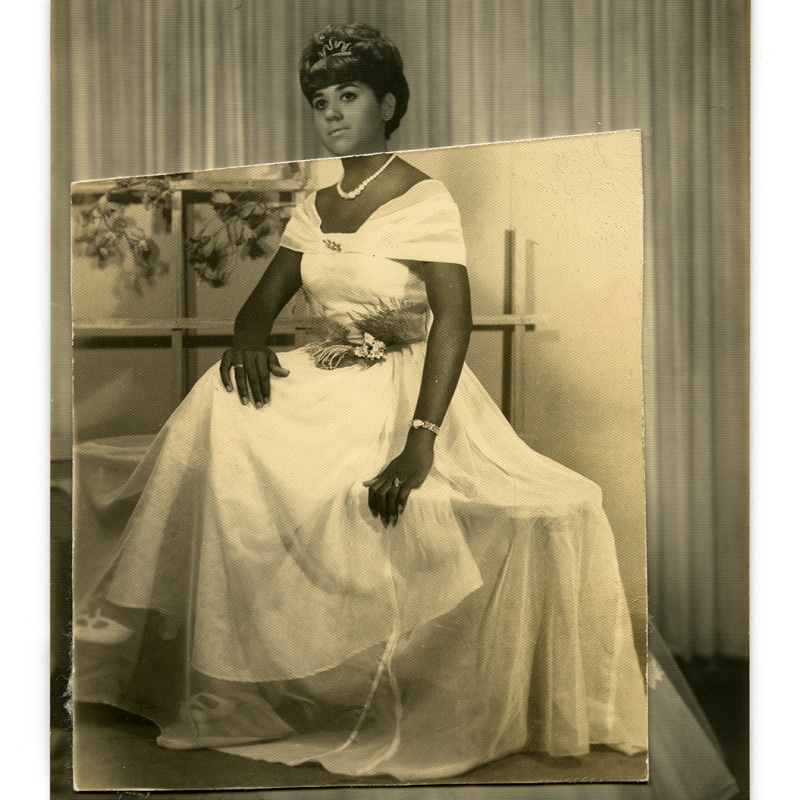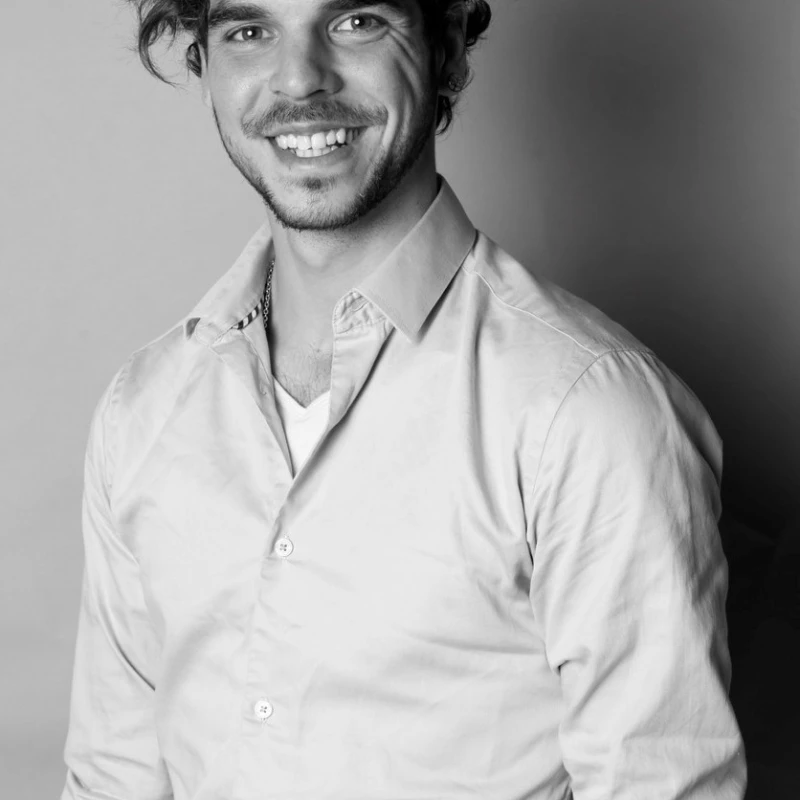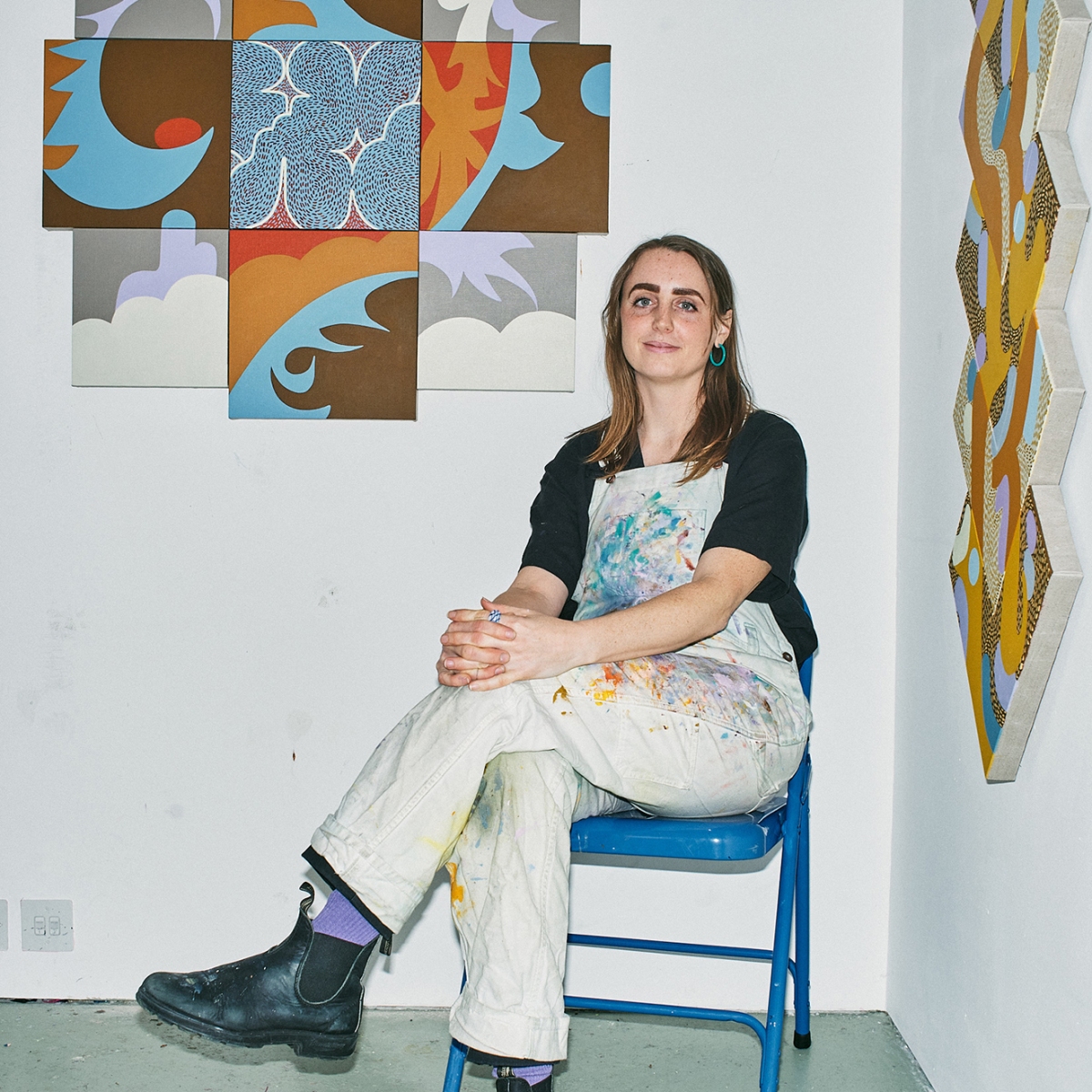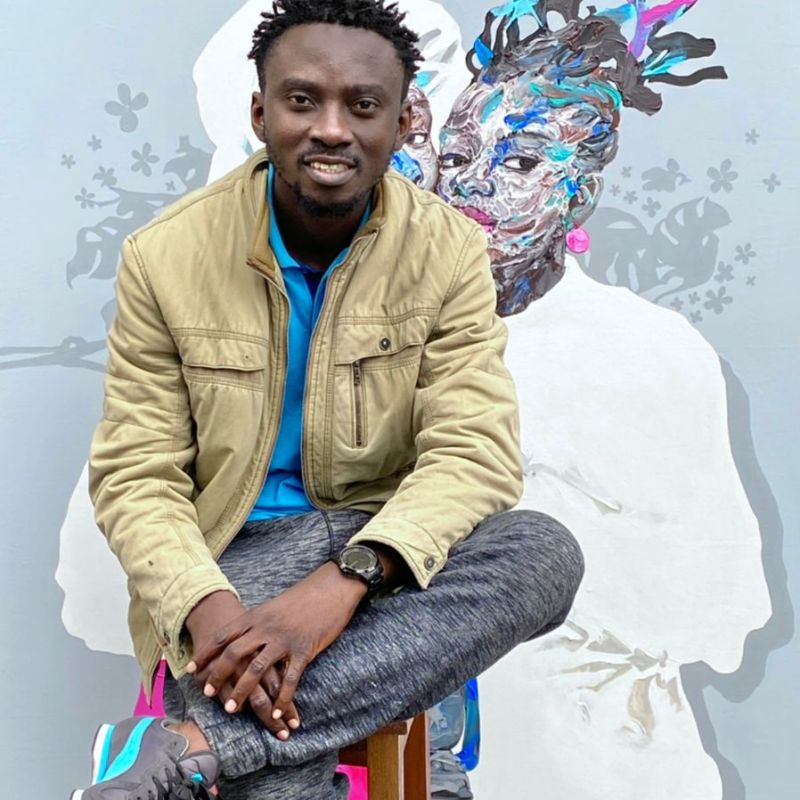Currently based in Barcelona, Spain, Lucile Coste is a French artist particularly drawn to sculpture and the human body, movement and transformation.
Earlier this year, Lucile started to work with Divine Gallery, Barcelona, where some of her works are currently in exhibition and where we met on a hot August afternoon to discuss Lucile’s decision to study sculpture in Spain, the path towards finding your own style and how important it is to find what you’re passionate about. Enjoy!
By Carolina Castilho

***
Hi, Lucile! Thank you for having us. To start us off, could you briefly introduce yourself and tell us how you got started as an artist?
Sure! I think as it happens with most artists, since I’m a young girl I’ve always been drawing and doing sculpture, painting everything I can. In High School I actually studied biology and science with some artistic electives, and after I switched to comics at École Pivaut, Nantes, where I discovered sculpture. I was around 18 and I realized that it was something I could work on all day long, for ten hours without seeing the time passing. For example, I think drawing, and even writing, are more like a tool for me, a way of expressing myself on a notebook. But sculpture is forever, it’s deeper. When I finished studying comics I became a teacher and I did that for three years, in an association and also in university. But then COVID happened and it changed a lot of things. I got the money to come to the Barcelona Academy of Art and to study sculpture full time. Studying sculpture is actually quite hard because there are all these technical issues about the materials, armatures and molding process you need to learn how to figure out, plus the complex artistic approach. I’ve been studying there for 2 years and a half and actually got my diploma this July.

Right! So you’ve kind of touched on my next question, since you mentioned you also draw and worked with comics for a while. But I wanted to ask you about what specifically drew you to sculpture, and what makes it special to you?
Yes, I used to work with different mediums and would write, draw, paint, etc. However, when I chose to come here to study I wanted to focus 100% on sculpture and really work on becoming better technically and more confident. Now I know sculpture is for me, I never get tired of it. However with drawing, painting or writing I enjoy it and will sometimes feel the need to do it, but it’s more sporadic. As I mentioned, I use drawing and writing as a way to express myself on a notebook, and also to open up creatively and get in the mood to work. For example, writing poetry is really helpful because you are trying to find connections between words and images that are completely abstract.
Writing poetry is a great way to open your mind, to connect the abstract to the material. And sculpture is incredibly material, it’s embodiment, it’s all physical.
You seem to be particularly interested in the human form. Why is that?
Since I’m a kid I’ve felt attracted to the human figure. It is the spark of most of my sculptures. Also most of my current artworks on exhibition were made during my time at the academy, where we focused on the human form and we mostly worked with models. But even on my private projects I am connected to the human body. It’s funny because when I draw I actually prefer to do abstract drawings: points, lines, shapes, etc. But I guess when it comes to sculpture -at least for now-, maybe the physical aspect of it makes me want to go in a more figurative route. I think I’m slowly moving away from the impact of the Academy -where I had a classical environment- to the openness of the present with its creative and modern possibilities, to find the right artistic position for me.

Right, it seems like you’re at a transition point between the rigid, academic training and something else. In fact, I wanted to ask you about the texture in some of your sculptures, since I found it really interesting. As we’ve mentioned the bodies are very realistic, but some of them have a particular texture that is very unique.
I like movement, I am a kinaesthetic person. Actually the first time I found that texture it was almost an accident, I was just sculpting and trying to figure out how the bones and the shoulder’s flesh where playing together, how they were organized with each other.. And basically as I was looking for the right movement and shape I ended up creating these little “fingers” or “worms”, I remember some people calling them this way. At first I only left a section like this, because I wasn’t sure if I wanted to do the whole sculpture this way. Because, when you stick to a smooth, more skin-like texture it’s safer -and a lot of work too- because no one is going to tell you the texture is weird, especially in an academic setting. I personally really like the movement and the flow, and I realized it was for me the more pleasurable way to sculpt. And I went for it 100%.
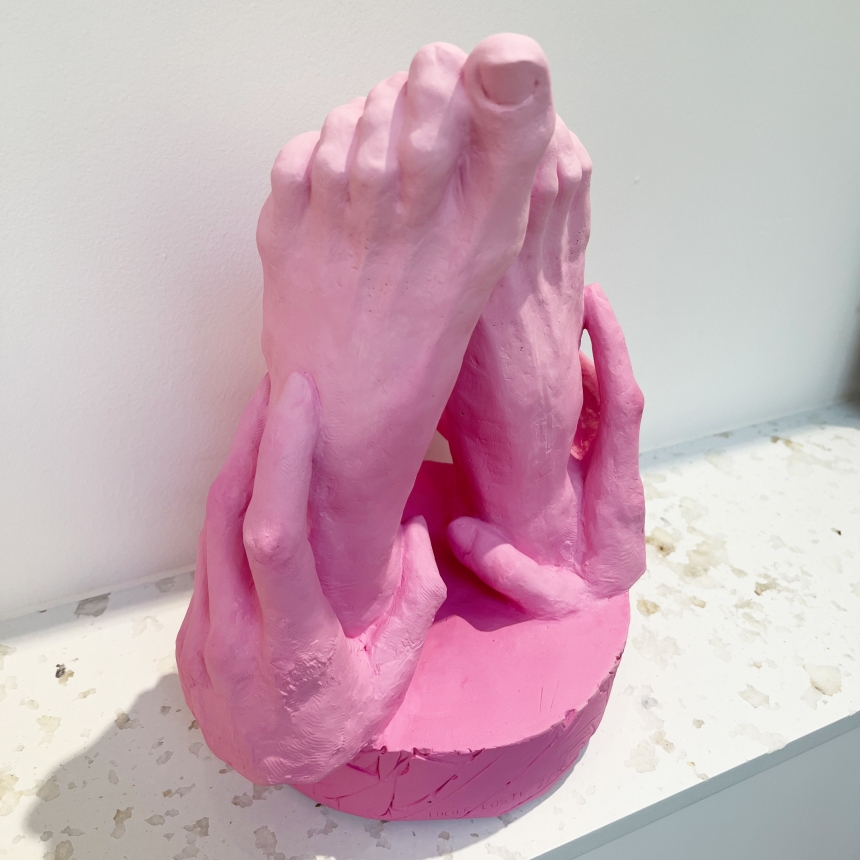
Sculpture
So right now we’re in Divine Gallery, where you have some of your artworks, but you mentioned briefly that you work in a studio. How important is it for you (and your work) to have that space?
Oh, it’s so important! For me, I enjoy working alone but I also need other people. I share a studio space with other artists, and every time you have a problem or need to carry something heavy or solving a problem, there’s someone who can help you. You go and see each other, discuss, help each other. I think that is really cool. On the other hand, sometimes you also need some privacy and it can be nice to have the space only for yourself. It’s almost like living with flatmates, it’s nice to socialize, chill and work in the shared spaces but you also to recharge and be creative in my private space.
And out of curiosity, if you could visit one artist’s studio who would you choose?
Her name is Judith Scott. She was born in the 40’s with Down Syndrome and deaf. One day in the institute where she was they had an activity with wool and she took it and started wrapping it around all kinds of objects. She became internationally renowned for her art. There is a museum dedicated to her work in Los Angeles, I definitely want to go there if I go back to the US. I think the first time I saw pictures of her work I started shaking and crying, it was such an intense response. I would love to see how she did it, it really touched me… For example, of course I am impressed and amazed by a Michelangelo sculpture, but it doesn’t make me cry. It doesn’t shake my heart and my soul, not like Judith Scott’s artwork.

Terre blanche, 130 x 50 x 50 cm
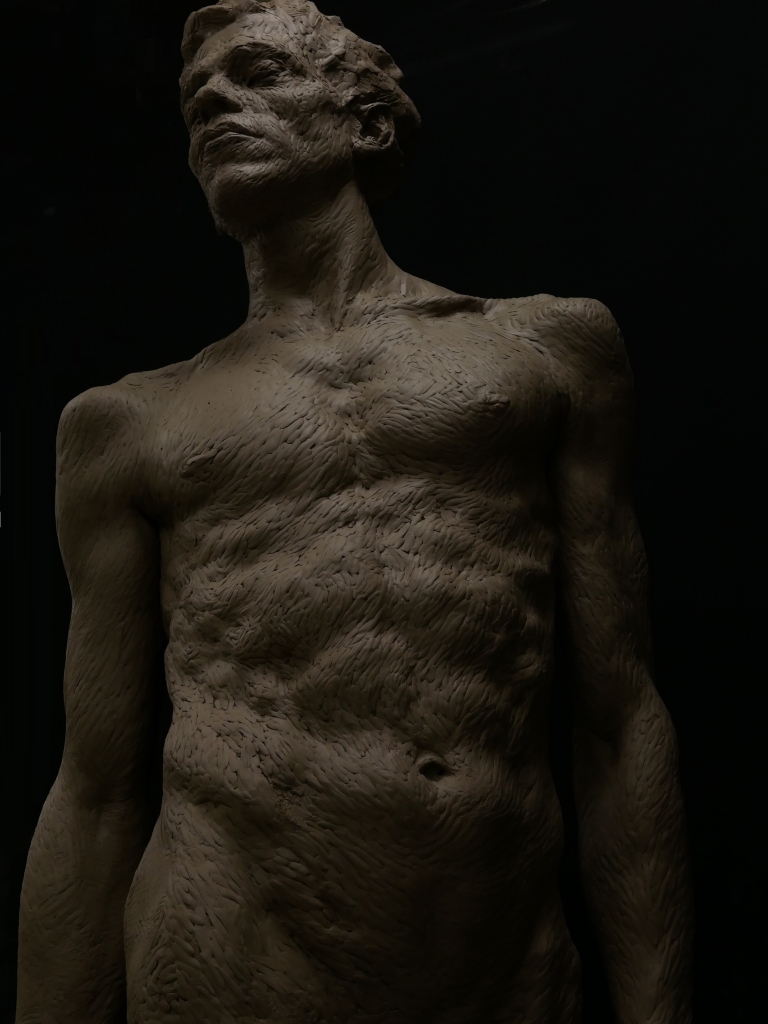
Terre blanche, 120 x 40 x 60 cm
Oh, I’ll definitely look into her work! And can you tell us a bit about what you’re working on right now, and maybe some future projects you can share with us?
I prefer to keep my intimacy regarding what will be my next project, but I can talk about what I am doing now: I am making my sculptures ready for exhibitions as one sculpture will be in Paris at Le Salon d’Automne 2024 in January 18th-21st, and others in galleries like the Divine Gallery, competitions like the Mrs Toolip International Competition 2023 and just selling in general. It means I am making copies of the sculptures I did from 2021 to 2023, making their patinas and building up their stories. This process is very interesting to me, especially the patinas part and story building. I immerse myself in a creative process which must go beyond and intensify the work. The patinas (colors) and story (or title) of my sculptures, allow me to give a sensitive and intellectual depth to my artwork.

Alright, so the final question would be if you have any advice you’d like to share with fellow artists?
I feel like the most important quality is authenticity. Be authentic to yourself. Be honest with you, be honest with the world! You will have better quality connections and support. Faster, you will find the good spot for you. I feel like some artists are in a strong self-centered mindset like ‘This is my own work, I can go against everything’. I don’t share this point of view. We are all connected and of course it’s important to build your self-centered identity, but your identity is also connected to what is around you and you will need support.
I feel like the most important quality is authenticity. Be authentic to yourself. Be honest with you, be honest with the world!
I believe that if you’re going one way with your work, for a while and you have this feeling it’s not working, for whatever reason, don’t blame the outside world but change the way you’re doing it. If you keep doing it one way, you’ll always get the same result. So, even if sometimes it’s difficult and hard to admit you’re wrong, it’s okay. You were dedicated to something and now you’ll dedicate to something else. For me, that was the most important thing. Before I came here and decided to fully focus on studying sculpture, I had a stable job, a house, a partner. But I knew that I wasn’t happy and if I had kept doing this way, I would have stayed sad. When I got the opportunity to leave everything and come to the Academy, I felt my inside fire feeling to do it and dedicate myself to this one thing for this amount of time more or less. Now I finally build strength around my art, I’m ready to start something else to enrich my artistic practice. One success after another. To feel where you can get your success, slow down and be authentic to yourself, observe inside you and make the difference between what is important for you and what your conditioning says. And go for the first one! One way or the other. This is what I would say.

Get in touch
with Lucile:
https://lucilecoste.webnode.fr/
Instagram: @lucilecoste
All Photographs courtesy of
Hélène Panier, founder of Divine Gallery Barcelona
https://divinegallery.art/
Instagram: @divinegallerybcn
Written & edited by
and Carolina Castilho & Lucile Coste
© Copyright 2023 Suboart Magazine
All rights reserved
Do you like Suboart Magazine? Subscribe to our email list to receive monthly news on opportunities, interviews & features.
Discover more emerging artists
Read interviews with artists from all around the globe
Let’s be friends on Instagram



